A new course by Kaveh Farrokh entitled “Ancient Inventions that Changed the World” at the University of British Columbia will commence on June 2, 2014:
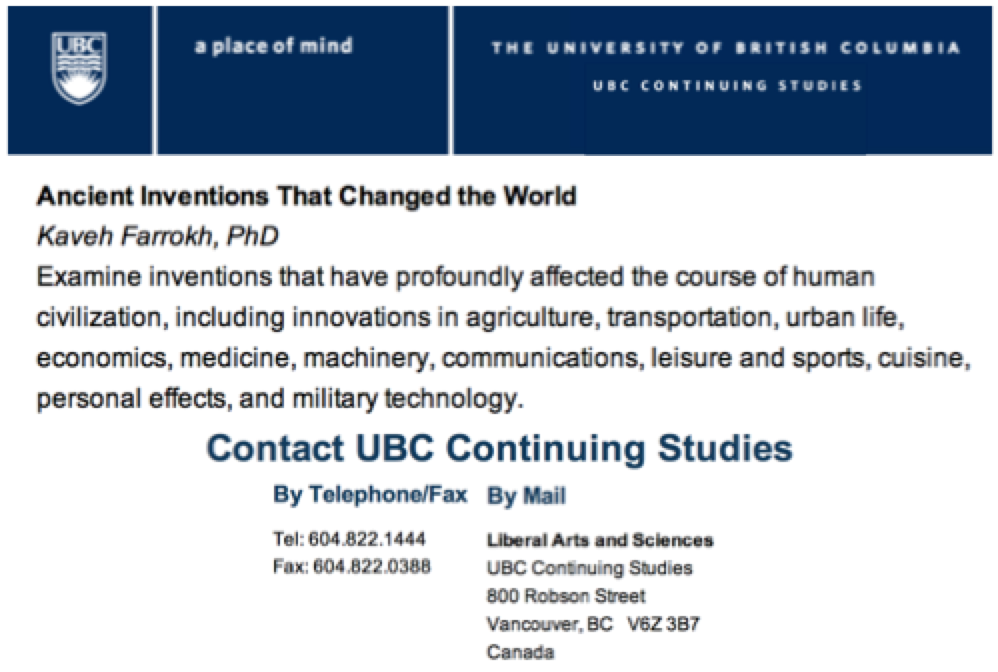 Course with brief outline – click to Enlarge
Course with brief outline – click to Enlarge
The course provides a survey of various critical inventions in antiquity that have affected the history of civilization. The curriculum and impetus of this course is the direct outcome of meetings with the Cultural Diplomacy’s Department of Traditions & Cultural History of the WAALM Academy based in London, England.
 WAALM is affiliated with the Academic Council On The United Nations System (ACUNS) and The International Peace Bureau. WAALM was nominated for the Nobel Peace Prize in 2011. Kaveh Farrokh has been featured in WAALM’s Tribune Magazine (click here…).
WAALM is affiliated with the Academic Council On The United Nations System (ACUNS) and The International Peace Bureau. WAALM was nominated for the Nobel Peace Prize in 2011. Kaveh Farrokh has been featured in WAALM’s Tribune Magazine (click here…).
Inventiveness and creativity are fundamental human characteristics that helped forge civilization as we know it today.
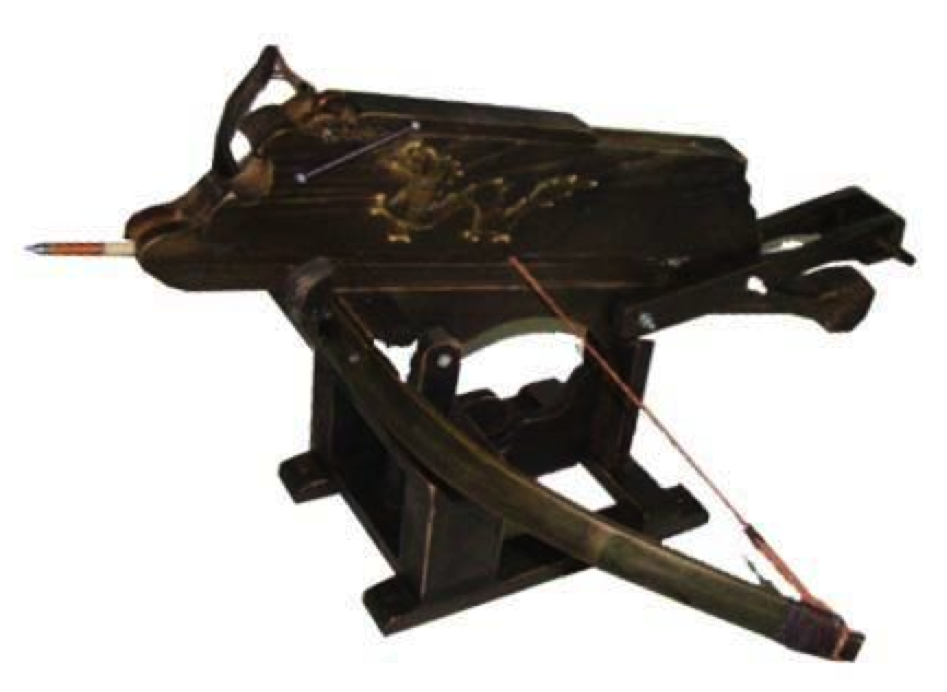 Chinese repeating cross-bow. The Chinese Emperor Shih Huah Ti (221-210 BCE) made Cross-Bows into standard weapon system of Chinese armies. The Chinese were far ahead of the Europeans in many technological fields such as rockets, guns and printing.
Chinese repeating cross-bow. The Chinese Emperor Shih Huah Ti (221-210 BCE) made Cross-Bows into standard weapon system of Chinese armies. The Chinese were far ahead of the Europeans in many technological fields such as rockets, guns and printing.
Inventions and technological advances have never the preserve of one locale or people, but one characterized by diversity across time and geography.
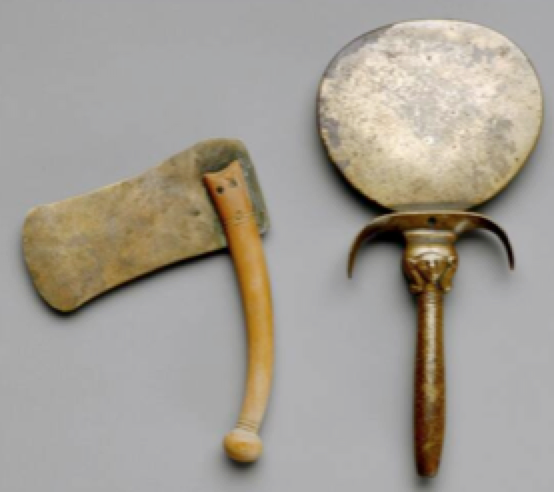 Shaving blade and mirror from Egypt (approx. 1479-1473 BCE). The origins of shaving appear to go back to at least 30,000 years ago. The above example was recovered from a tomb in the west part of Thebes.
Shaving blade and mirror from Egypt (approx. 1479-1473 BCE). The origins of shaving appear to go back to at least 30,000 years ago. The above example was recovered from a tomb in the west part of Thebes.
The builders of human civilization have been of East and West.
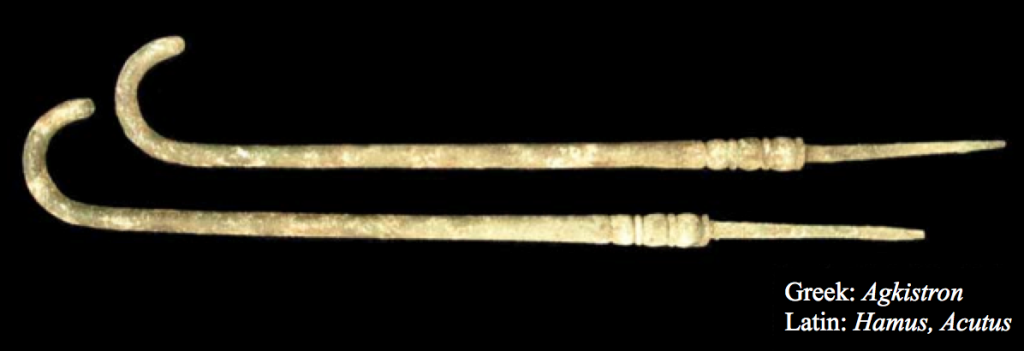 Greco-Roman Surgery equipment (1st century CE). These are sharp and obstetrical hooks that were used for (a) (sharp) grasping and lifting small pieces of tissue by cutting and for repairing and pulling edges of wounds and (b) (blunt) dissection like an “aneurism needle” for raising blood-vessels. The above sample was uncovered alongside a whole host of other surgery equipment from ancient Pompei.
Greco-Roman Surgery equipment (1st century CE). These are sharp and obstetrical hooks that were used for (a) (sharp) grasping and lifting small pieces of tissue by cutting and for repairing and pulling edges of wounds and (b) (blunt) dissection like an “aneurism needle” for raising blood-vessels. The above sample was uncovered alongside a whole host of other surgery equipment from ancient Pompei.
Many of the common household items we take for granted today have roots in human creativity thousands of years past.
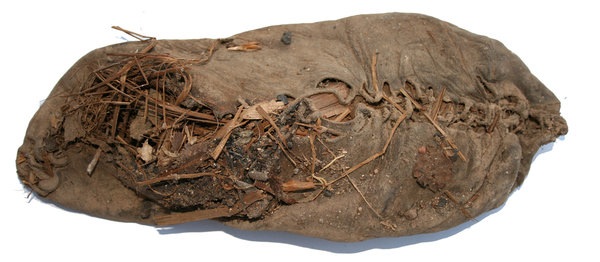 World’s oldest known shoe discovered in the Areni Caves of Armenia (dated to 3,500 BCE).
World’s oldest known shoe discovered in the Areni Caves of Armenia (dated to 3,500 BCE).
The human quest to master the environment has spurred creativity towards practical inventiveness.

The Badgir (Persian: “Wind catcher”) system of Iran.
The inventions of antiquity span a gigantic spectrum of phenomena, from mechanical advancement to culinary delights.
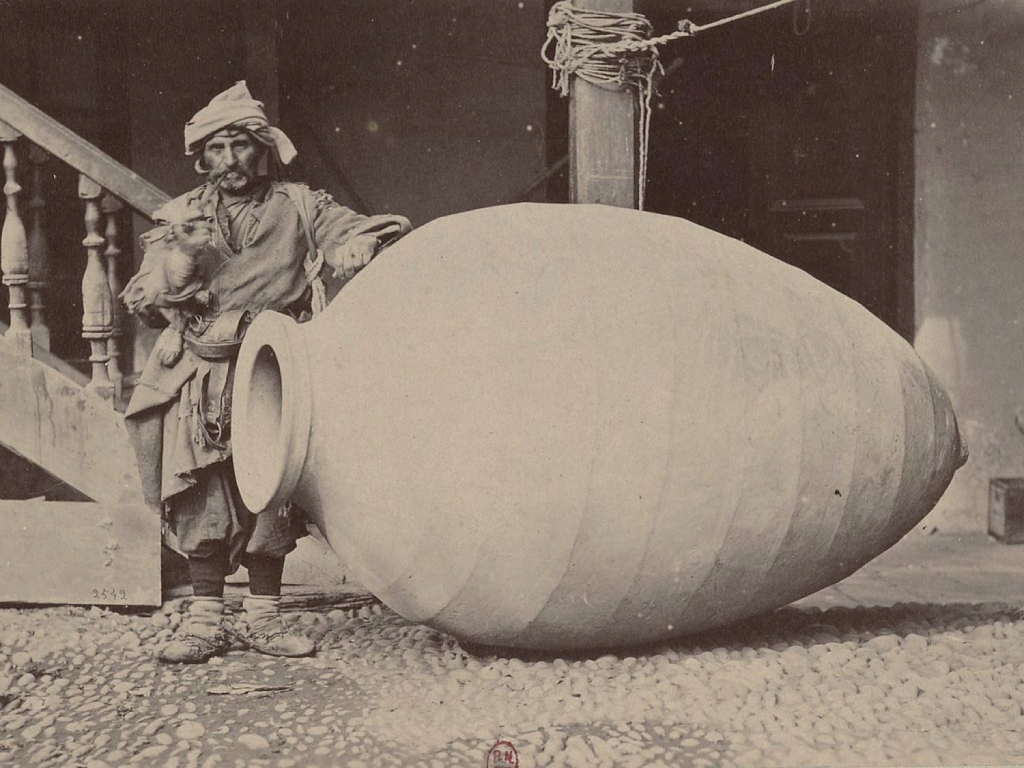 Late 19th century Georgian wine-maker and his giant Kverkis. Georgian lore states that the English word for “wine” is derived from Georgian “Ghvino”. What is now unanimously agreed is that wine-making originated from the southern Caucasus.
Late 19th century Georgian wine-maker and his giant Kverkis. Georgian lore states that the English word for “wine” is derived from Georgian “Ghvino”. What is now unanimously agreed is that wine-making originated from the southern Caucasus.
For directions and location of the class, kindly see details below:
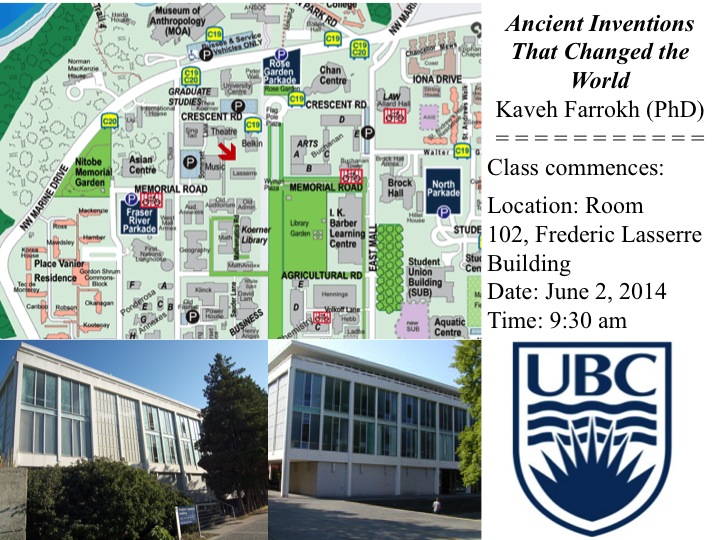 Classroom location at the University of British Columbia – click to Enlarge
Classroom location at the University of British Columbia – click to Enlarge
The course ends with a tribute to the creative artistic, scientific and engineering genius of Leonardo Da Vinci (1452-1519).
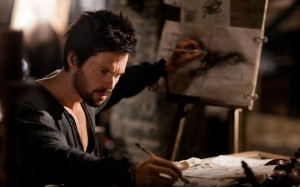 A young Leonardo Da Vinci in his younger years as portrayed by actor Tom Riley (Picture Source: Zonacritica). One of Da Vinci’s famous quotes states “It had long come to my attention that people of accomplishment rarely sat back and let things happen to them. They went out and happened to things“.
A young Leonardo Da Vinci in his younger years as portrayed by actor Tom Riley (Picture Source: Zonacritica). One of Da Vinci’s famous quotes states “It had long come to my attention that people of accomplishment rarely sat back and let things happen to them. They went out and happened to things“.




